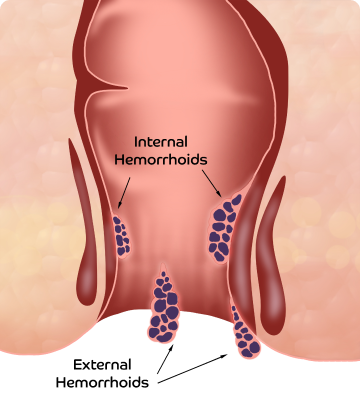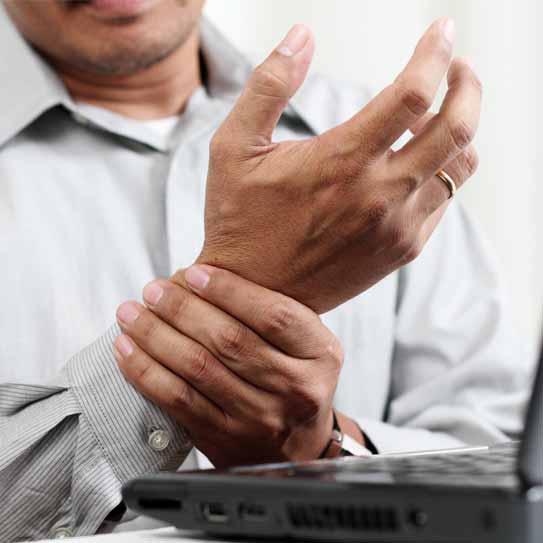Carpal tunnel syndrome, also known as median nerve compression, is a condition which affects the hand. The median nerve is located on the palm side of your hand which is also known as the carpal tunnel. The median nerve is responsible for providing sensation to the thumb, the index finger, and parts of the ring finger. The nerve is responsible for the muscle going to the thumb. Carpal tunnel syndrome is usually accompanied by sensations of pain, tingling, burning or swelling in the palm of the hands and may extend to the first three fingers of the hand and the thumb.
If you have signs of carpal tunnel syndrome, better not avoid the condition and visit an expert orthopedic doctor for carpal tunnel treatment in Kalyan Dombivli.










.svg)









